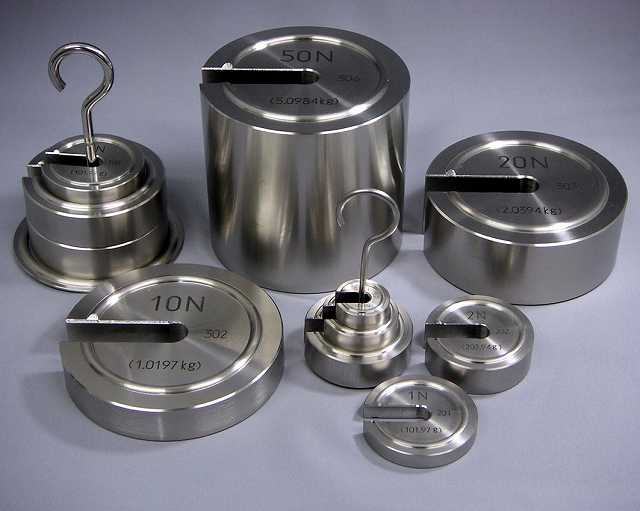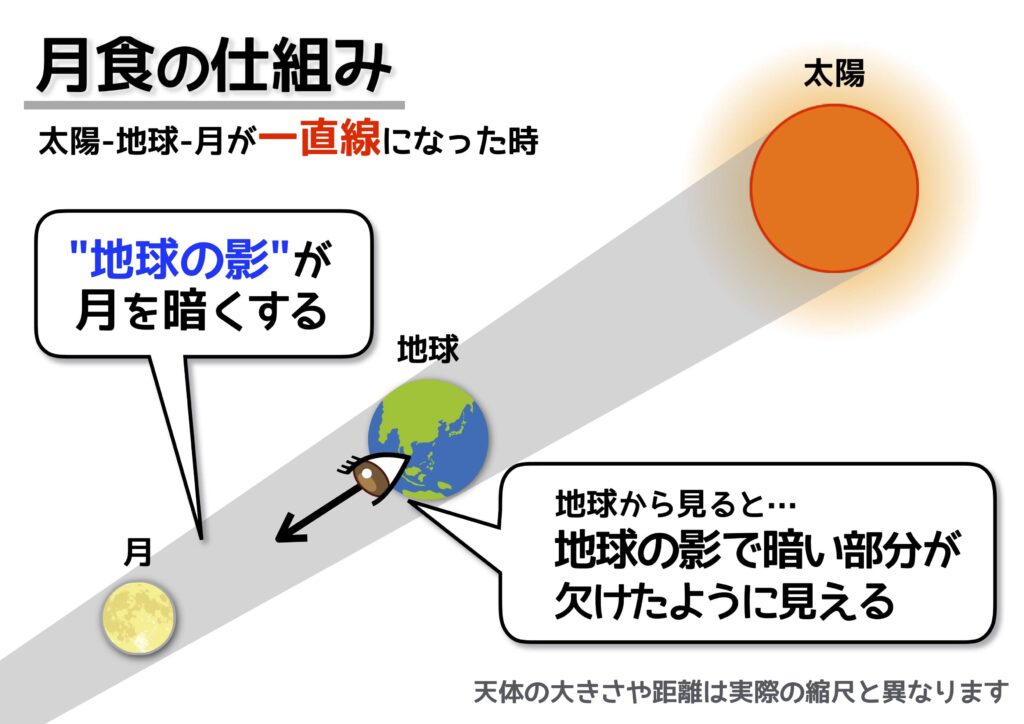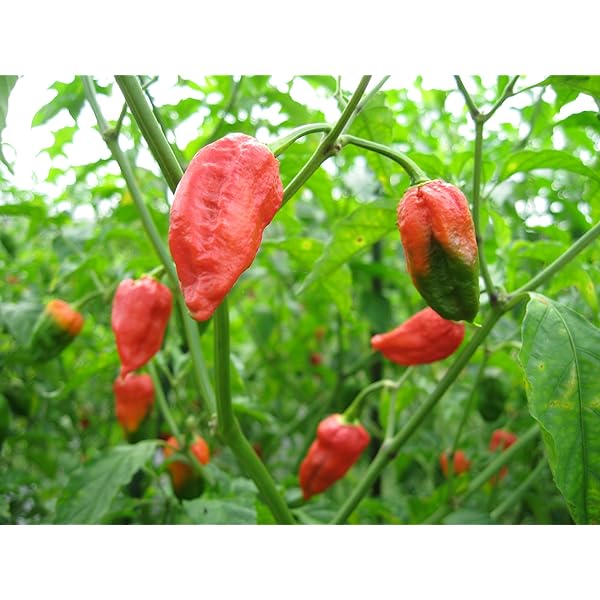
目次
List of weight units

The unit of weight (mass) is used around the world to express the amount of an object, but the units used vary depending on region and context.
Below is a list of commonly used weight units.
International System of Units (SI)
- kilogram (kg)
- The basic unit of mass in the International System of Units (SI). 1 kilogram is equal to approximately 2.20462 pounds.
- Gram (g)
- 1/1000th of a kilogram. Suitable for measuring the weight of lightweight objects.
- ton (t)
- 1000 times the kilogram. Used to measure heavy objects or large amounts of material.
Anglo-American unit system
- Pound (lb)
- A unit of mass commonly used in the Anglo-American system of units. 1 pound is equal to approximately 0.453592 kilograms.
- ounce (oz)
- 1/16th of a pound. It is mainly used in America to measure the weight of food.
- stone (st)
- A unit of measurement used in the United Kingdom, one stone is equivalent to 14 pounds, or approximately 6.35029 kilograms.
Japanese units
- Momme
- A traditional Japanese unit of weight. 1 momme is equivalent to approximately 3.75 grams.
- Kan
- One kan is equivalent to 1000 momme, or about 3.75 kilograms.
ancient unit
- talent
- A unit of weight used in ancient Greece and Rome. Its weight varies depending on the region, but it is often estimated to be around 26 kilograms.
Other units
- carat (ct)
- A unit used to express the weight of jewelry. 1 carat is equivalent to 200 milligrams.
- grain (gr)
- 1 grain is approximately 0.0648 grams. Used in pharmacy and for weighing ammunition.
As you can see, there are a wide variety of units for expressing weight (mass), and their use varies greatly depending on culture and purpose. In everyday life, kilograms and pounds are the most commonly used units, and in scientific contexts, the kilogram is widely used as an international standard.
Next, we will explain each unit of weight in detail.
kilogram (kg)
The kilogram (kg) is a unit of mass and one of the basic units in the International System of Units (SI).
This unit is widely used in science, industry, commerce and daily life all over the world.
definition of kilogram
As of May 20, 2019, the definition of the kilogram is based on Planck’s constant.
This is due to an international agreement to change the kilogram to something that does not rely on physical artifacts.
With this change, the kilogram was defined on a more stable basis, allowing for more precise measurements.
Planck’s constant ℎ h is defined exactly as 6.62607015 × 10−34 6.62607015 × 1 0 −34 joule seconds (J s), and is used to redefine the kilogram.
The importance of kilograms
The kilogram is the basic unit for measuring the mass of matter and is essential in scientific measurements.
It is used in chemistry to measure the amount of a substance, in industry to determine the mass of a product, and in commerce to weigh goods.
The kilogram is also used in daily life as a unit for measuring the weight of food.
Example of using kilograms
- Scientific research : Used to accurately measure the mass of substances and balance chemical reactions.
- Industrial products : Measures the mass of products and is used as a quality control standard.
- Commercial transactions : Used to measure the weight of goods and determine prices.
- Daily life : It is used as a standard for selling by weight when purchasing groceries, and when measuring the amount of ingredients for cooking.
History of the kilogram
The definition of the kilogram has gone through several changes historically. In the past, the standard was a platinum-iridium alloy cylinder called the “International Prototype Kilogram” kept in Paris.
However, this method that relies on physical standards has been pointed out to be problematic because the mass of the prototype may vary slightly.
Changes to the current Planck constant-based definition established a more stable criterion.
The redefinition of the kilogram reflects advances in science and technology and allows for more accurate and reproducible measurements of mass.
This unit is used every day around the world, and its importance will never change.
Gram (g)
Gram (g) is a unit of mass and is equivalent to 1/1000 of a kilogram (kg) in the International System of Units (SI).
Since the kilogram is the basic unit of mass, the gram is a derived unit.
It is an important unit used in a wide range of fields such as daily life, science, medicine, and the food industry.
Gram definition and history
The concept of the gram was established in France in 1795 when the metric system was introduced. Originally, 1 gram was defined as the mass of 1 cubic centimeter of pure water.
This definition is based on the mass of water at a temperature of 4°C and an atmospheric pressure of 1013.25 hectopascals.
However, the kilogram is now considered the basic SI unit of mass, and the gram is defined as 1/1000th of a kilogram.
Use of grams
Grams are used in many situations in daily life, such as cooking, selling food by weight, measuring reagents in scientific experiments, and calculating dosages for pharmaceuticals.
It is especially useful for measuring the mass of small objects or small amounts of matter. Gram units are also used to indicate nutritional information and intake amounts of ingredients, and are the standard for health management and dietary restrictions.
Relationship between grams and other units
A gram is 1/1000th of a kilogram. Another smaller unit is the milligram (mg), where 1 gram is equivalent to 1000 milligrams.
An even smaller unit is the microgram (μg), where 1 gram is equivalent to 1 million micrograms. These units are used depending on the accuracy and purpose of expressing mass.
Importance of grams
The gram is a very practical unit that is widely used in daily life and scientific fields because of its easy-to-handle size.
Weighing in grams is essential when calculating the nutritional value of food or when accurate mass measurements are required in scientific experiments.
Accurate measurements in grams are also required when formulating pharmaceuticals and calculating chemical reactions.
Gram plays an important role in our lives in invisible ways, and its use will continue to expand as science and technology progress.
ton (t)
A ton (t) is a unit of mass, especially used to express the weight of large amounts of material or objects.
Although not part of the International System of Units (SI), it is often used in conjunction with SI units, and one tonne is equivalent to exactly 1000 kilograms (kg).
This unit is frequently used in large-scale commercial and industrial activities, such as manufactured goods, ships, aircraft, and construction materials.
types of tons
There are mainly types of tons as shown below, but the commonly mentioned “ton” refers to metric tons.
- Metric ton (public) : 1 metric ton is equivalent to 1000 kilograms.
- Long ton : Mainly used in the United Kingdom, one long ton is equivalent to 2240 pounds, or approximately 1016 kilograms.
- Short ton (US ton) : Used in the United States, one short ton is equivalent to 2000 pounds, or approximately 907 kilograms.
ton usage
Tons are widely used in industries that handle large amounts of materials.
For example, the ton unit is used to express the carrying capacity of ships, and in commercial transactions such as construction materials, minerals, and agricultural products.
In the energy industry, tons are also used to indicate the amount of traded fuels such as oil and coal.
The importance of tons
The ton is an essential unit in large-scale commercial and industrial activities.
Using this unit makes it possible to clearly express the weight of large quantities of goods and materials, facilitating smooth business transactions, including international trade.
The use of ton units also allows for accurate weighing and cost evaluation in planning and operations of various industries, such as logistics, manufacturing, and construction.
The ton is an essential unit for handling large amounts of weight and is widely used in various industries around the world.
There are different types: metric ton, long ton, and short ton, so it is important to be clear about which ton we are referring to in an international context.
Ton allows the weight of large quantities of materials and products to be consistently measured and understood, ensuring efficiency and accuracy throughout industry.
Pound (lb)
Pound (symbol: lb) is a unit of mass (weight), especially widely used in the Anglo-American system of units.
Its origins date back to ancient Rome and are derived from the Latin word “libra”.
Libra means balance and represents the weight that maintains balance.
In modern times, 1 pound equals exactly 0.45359237 kilograms (kg), and this conversion is the standard used in international trade and science.
Use of pounds
The pound is a unit of measurement commonly used in several countries, including the United States and the United Kingdom.
We see it in many situations in our lives, such as food weight displays, people’s weight, and the mass of sports equipment.
It is also used commercially to indicate the weight of cargo, particularly in the United Kingdom and the United States, where it is commonly expressed in pounds.
Relationship between pounds and other units
- Relationship to kilograms : 1 pound is equal to 0.45359237 kilograms. This conversion rate is internationally recognized and is used to convert between the Anglo-American system of units and the metric system (International System of Units).
- Relationship to ounces : 1 pound is equal to 16 ounces (oz). Ounce is a smaller unit of mass and is used to subdivide pounds.
The importance of pounds
The pound plays an important role in a wide range of fields, from daily life to industry, especially in countries that use the Anglo-American system of units.
International trade and scientific research maintain compatibility with the metric system of units through conversion to kilograms.
In this way, the pound is a globally recognized unit that contributes to communication and transactions in the international community.
The pound has a long history as a unit of mass and is still widely used in modern times, especially in Britain and the United States.
Its conversion rate is clearly defined and also plays an important role in international trade and scientific research.
The conversion between pounds and kilograms serves as a bridge between different unit systems, promoting understanding and cooperation around the world.
ounce (oz)
definition and history
The ounce (symbol: oz) is a unit used to measure weight, especially in Anglo-American countries.
Its origin goes back to ancient times, and is said to come from the unit “uncia” used during the Roman Empire.
This referred to one-twelfth of the Roman weight unit “libra” (approximately 454 grams).
Fields of use
Ounces are used in everyday life to express the weight of food and to express the amount of precious metals.
In particular, in the United States, ounces are often used to display the weight of common ingredients, and are also commonly used in cooking recipes.
The ounce is also used as the unit for trading precious metals such as gold and silver, and has become the standard unit in international markets.
Unit conversion
Ounces differ from the metric system and must be converted to units such as grams (g) or kilograms (kg).
1 ounce is equal to approximately 28.3495 grams. Therefore, use this conversion value when converting ounces to grams or kilograms.
Points to note when using ounces
When using ounces, it is necessary to understand the units depending on the region and field.
In particular, the definition of an ounce may differ slightly between the United States and the United Kingdom, so accurate conversion is required for international transactions and information exchange.
Also, when cooking, it is important to accurately measure the amount of ounces specified in a recipe, and the use of a kitchen scale is recommended to improve cooking accuracy.
stone (st)





